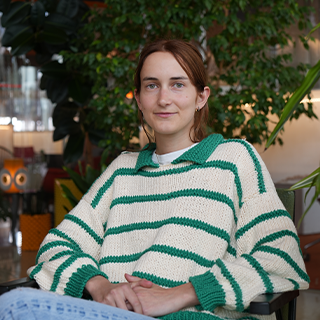Uber partners with Hertz to offer 50,000 Tesla cars to its US drivers
On Wednesday 27 October, Uber announced its plans of launching a new partnership with the American rental car company Hertz in order to offer 50,000 Tesla vehicles as a rental option to its US ride-hail drivers by 2023. The move comes two days after Hertz announced it had ordered 100,000 Teslas which were expected by the end of 2022—the biggest-ever Tesla order, which saw the company’s market value surpass $1 trillion.
Starting on 1 November, Uber drivers will be able to rent a Tesla car through Hertz in Los Angeles, San Francisco, San Diego and Washington DC, with the programme aiming to expand to cities nationwide later this year.
The Tesla rentals, consisting mostly of the company’s infamous Model 3, will be available exclusively to Uber drivers for a pretty sum of $334 a week, including insurance and maintenance. Uber Technologies Inc. said the rental cost would drop to $299 per week or lower as the programme expands throughout the country.
This latest deal represents Uber’s most significant step so far in expanding the use of electric vehicles on its platform. The company has previously vowed to operate only electric vehicles (EVs) on its US, Canadian and European platforms by 2030, and worldwide by 2040. But only a few of its drivers can afford the higher tag prices that come with EVs and according to Reuters, in 2019 “only 0.15 per cent of all Uber miles in the US and Canada were driven in electric vehicles.”
On top of that, because they spend more than a third of their time driving around empty, Uber drivers have been shown to produce more pollution per passenger-mile travelled. “Researchers generally assume that electrifying one ride-hail vehicle reduces the same amount of CO2 as converting three regular gas-powered vehicles,” Reuters further reported.
Meanwhile, Hertz, which is emerging from bankruptcy, hopes this new EV focus will allow the once-dominant company to stand out against competitors. Carmakers are also considering partnerships with ride-hailing companies as a convenient way to expose more consumers to non-fuel-powered vehicles. Let’s just hope that the lucky drivers who manage to get their hands on one of Hertz’s Teslas don’t put too much trust in their car’s autopilot.






